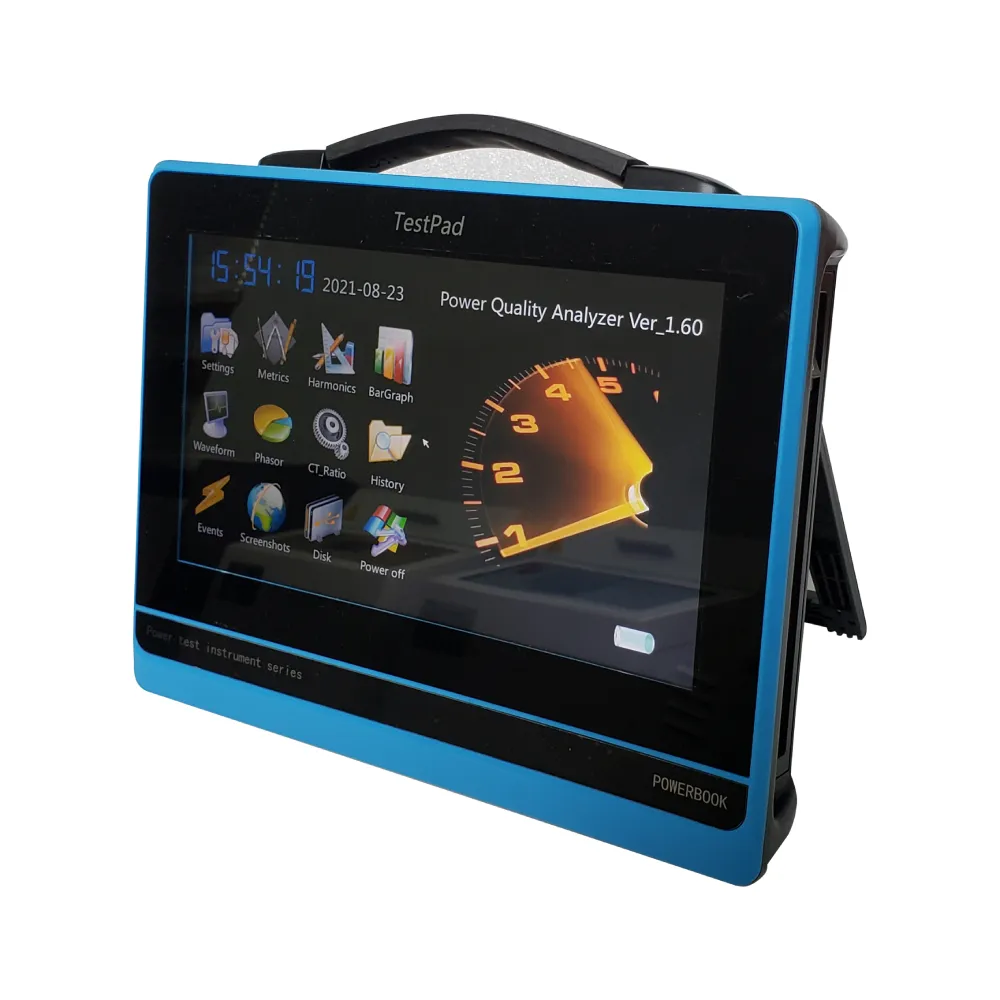 English
English



-
 Afrikaans
Afrikaans -
 Albanian
Albanian -
 Amharic
Amharic -
 Arabic
Arabic -
 Armenian
Armenian -
 Azerbaijani
Azerbaijani -
 Basque
Basque -
 Belarusian
Belarusian -
 Bengali
Bengali -
 Bosnian
Bosnian -
 Bulgarian
Bulgarian -
 Catalan
Catalan -
 Cebuano
Cebuano -
 China
China -
 China (Taiwan)
China (Taiwan) -
 Corsican
Corsican -
 Croatian
Croatian -
 Czech
Czech -
 Danish
Danish -
 Dutch
Dutch -
 English
English -
 Esperanto
Esperanto -
 Estonian
Estonian -
 Finnish
Finnish -
 French
French -
 Frisian
Frisian -
 Galician
Galician -
 Georgian
Georgian -
 German
German -
 Greek
Greek -
 Gujarati
Gujarati -
 Haitian Creole
Haitian Creole -
 hausa
hausa -
 hawaiian
hawaiian -
 Hebrew
Hebrew -
 Hindi
Hindi -
 Miao
Miao -
 Hungarian
Hungarian -
 Icelandic
Icelandic -
 igbo
igbo -
 Indonesian
Indonesian -
 irish
irish -
 Italian
Italian -
 Japanese
Japanese -
 Javanese
Javanese -
 Kannada
Kannada -
 kazakh
kazakh -
 Khmer
Khmer -
 Rwandese
Rwandese -
 Korean
Korean -
 Kurdish
Kurdish -
 Kyrgyz
Kyrgyz -
 Lao
Lao -
 Latin
Latin -
 Latvian
Latvian -
 Lithuanian
Lithuanian -
 Luxembourgish
Luxembourgish -
 Macedonian
Macedonian -
 Malgashi
Malgashi -
 Malay
Malay -
 Malayalam
Malayalam -
 Maltese
Maltese -
 Maori
Maori -
 Marathi
Marathi -
 Mongolian
Mongolian -
 Myanmar
Myanmar -
 Nepali
Nepali -
 Norwegian
Norwegian -
 Norwegian
Norwegian -
 Occitan
Occitan -
 Pashto
Pashto -
 Persian
Persian -
 Polish
Polish -
 Portuguese
Portuguese -
 Punjabi
Punjabi -
 Romanian
Romanian -
 Russian
Russian -
 Samoan
Samoan -
 Scottish Gaelic
Scottish Gaelic -
 Serbian
Serbian -
 Sesotho
Sesotho -
 Shona
Shona -
 Sindhi
Sindhi -
 Sinhala
Sinhala -
 Slovak
Slovak -
 Slovenian
Slovenian -
 Somali
Somali -
 Spanish
Spanish -
 Sundanese
Sundanese -
 Swahili
Swahili -
 Swedish
Swedish -
 Tagalog
Tagalog -
 Tajik
Tajik -
 Tamil
Tamil -
 Tatar
Tatar -
 Telugu
Telugu -
 Thai
Thai -
 Turkish
Turkish -
 Turkmen
Turkmen -
 Ukrainian
Ukrainian -
 Urdu
Urdu -
 Uighur
Uighur -
 Uzbek
Uzbek -
 Vietnamese
Vietnamese -
 Welsh
Welsh -
 Bantu
Bantu -
 Yiddish
Yiddish -
 Yoruba
Yoruba -
 Zulu
Zulu
direct load test on single phase transformer
Direct Load Test on Single Phase Transformer
The direct load test is a crucial method used to evaluate the performance and efficiency of single-phase transformers, essential components in electrical systems for voltage regulation and power distribution. This test aims to determine the transformer's efficiency, voltage regulation, and overall operational characteristics under standard load conditions.
Overview of the Direct Load Test
The direct load test involves applying a specified load directly to the secondary side of the transformer while the primary side is connected to an appropriate supply voltage. This method allows for the measurement of various parameters, including input and output power, current, voltage, and power factor during normal operating conditions. Conducting this test provides reliable insights into transformer performance as it operates under real-world scenarios.
Preparation for the Test
Before executing a direct load test, it is vital to ensure that all safety measures are in place. The transformer should be isolated from the grid, and all connections should be checked for integrity. The load must be carefully calculated to stay within the transformer's rated capacity to avoid damage or overheating. Instruments for measuring voltage, current, power factor, and power output must be calibrated and ready for data collection.
Procedure of the Test
1. Connection Setup Connect the primary and secondary windings of the transformer to the power supply and load, respectively. Ensure that the connections are secure and that the measuring instruments are properly integrated into the circuit.
direct load test on single phase transformer

2. Loading the Transformer Gradually increase the load on the transformer to the desired level. This step should be done slowly to monitor the transformer's response to the load.
3. Data Collection As the transformer is loaded, measure and record the input voltage, input current, output voltage, output current, and power factor. The data collected will be essential for calculating the transformer’s overall efficiency.
4. Calculations After the test is complete, analyze the data to calculate the transformer's efficiency using the formula \[ \text{Efficiency} (\%) = \left(\frac{\text{Output Power}}{\text{Input Power}}\right) \times 100 \]
5. Voltage Regulation Assessment Voltage regulation can also be evaluated by determining the difference between no-load and full-load voltages, highlighting how well the transformer maintains the output voltage under varying load conditions.
Benefits of the Direct Load Test
Carrying out a direct load test offers multiple advantages. It allows for a comprehensive assessment of the transformer's ability to deliver power efficiently and effectively. The results can help identify performance issues such as overheating, excessive losses, or voltage drops, which can be critical in predicting potential failures or inefficiencies in the system. Furthermore, this test aids manufacturers and engineers in verifying design specifications and ensuring that the transformer meets operational standards.
Conclusion
The direct load test on a single-phase transformer is an integral procedure for analyzing transformer performance under load conditions. By carefully measuring and assessing the operational characteristics of the transformer, engineers can ensure that it functions optimally within the power distribution system. The insights gained from this test are invaluable for enhancing transformer reliability, efficiency, and longevity, ultimately contributing to the overall stability of electrical systems. Regular testing and maintenance through direct load tests are essential practices for anyone involved in electrical engineering and transformer management.
-
Ensuring SF₆ Gas Safety: Introducing PUSH’s Integrated SF₆ Analyzer for Dew Point, Purity, and Decomposition MonitoringNewsJul.10,2025
-
Exploring the Main Types of Industrial Endoscopes and Their Applications Across IndustriesNewsJul.04,2025
-
Testing Equipment Industry Sees Major Advancements in 2025: Smart & Precision Technologies Lead the WayNewsJun.06,2025
-
Applications of Direct Current Generators in Renewable Energy SystemsNewsJun.05,2025
-
Hipot Tester Calibration and Accuracy GuidelinesNewsJun.05,2025
-
Digital Circuit Breaker Analyzer Features and BenefitsNewsJun.05,2025



